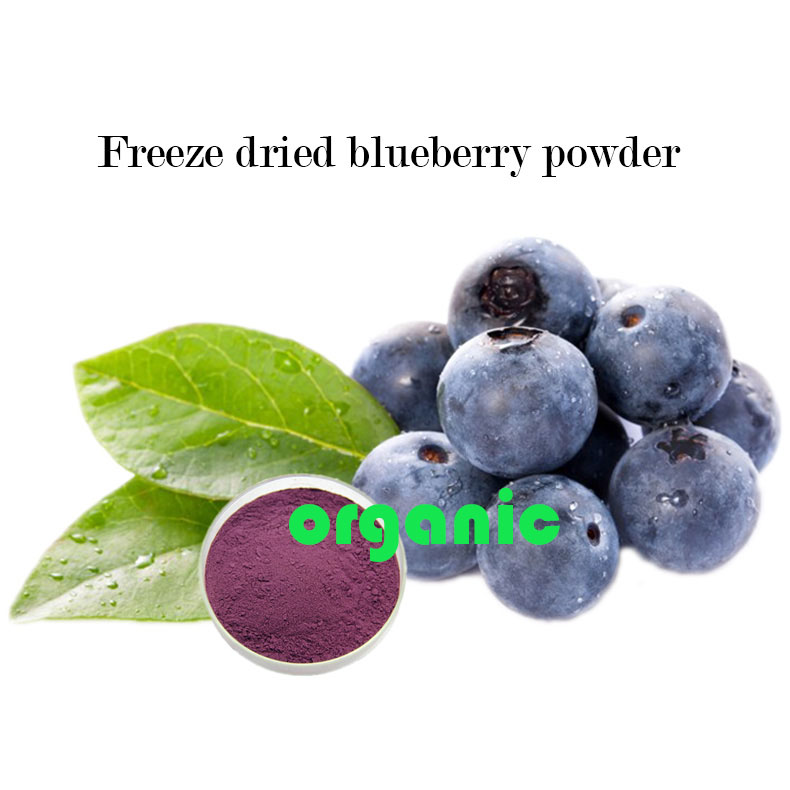Do you ever wonder what the freeze-dried fruits in some cereals are good for?
Although freeze-dried fruits are small and light-weight, studies show that the antioxidant phytochemicals found in the fruits’ fresh state are retained at levels almost as high after freeze-drying. Studies also show that the phytochemicals in freeze-dried fruits can reach our bloodstream.
Since the 1980s, one researcher has been studying how the phytochemicals in freeze-dried fruits, such as raspberries, strawberries and blueberries, might protect against cancers of the colon and esophagus. The American Institute for Cancer Research (AICR) has supported his work.
At AICR’s most recent annual research conference, this researcher, Gary Stoner, Ph.D., Professor and Chair of Environmental Health Sciences at Ohio State University, told the audience why he uses the whole freeze-dried berry instead of extracts. In addition to phytochemicals like ellagic acid, carotenoids and anthocyanins, the whole berry can contain significant amounts of vitamins C, E and folic acid. “Studies show that the substances in foods working together are more effective than any one in isolation,” he said.
A nutritional aerosol spray?
In his studies, freeze-dried berries are ground into a powder. After several experiments showed that the fruit powder prevented colon tumors, small-scale human trials were begun. Now, several larger human trials have been launched to study the effects of the berry powder on precursors to colon and esophageal cancers. Dr. Stoner is also trying to develop an aerosol spray from the berries for use in lung cancer experiments.
The amount of freeze-dried fruit that most people eat – the few pieces in a bowl of cereal poured from a box – is too little to count as a serving of fruit. To get a real nutritional impact from fruit in your cereal, you need to add more fresh, frozen, dried, or freeze-dried fruit. A serving of diced, cooked, or frozen fruit is one-half cup. A serving of dried fruit is one-quarter cup.

